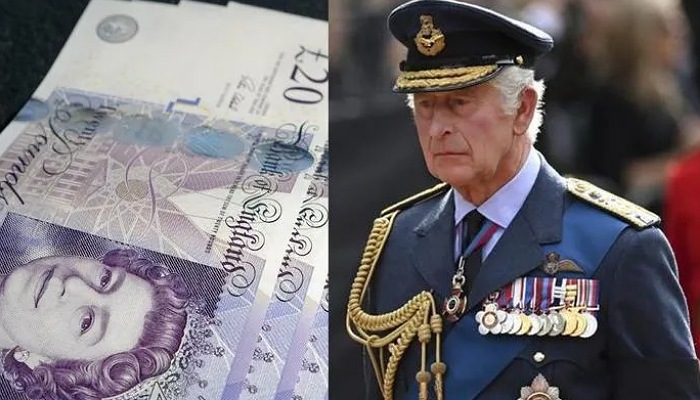British pound notes featuring King Charles III‘s face are projected to reach circulation by the middle of 2024.
The Bank of England announced this yesterday in a news statement.
According to the statement, the central bank will announce the image of the new monarch to be used on the polymers before the end of the year.
What the BoE is saying
The statement reads, “the Bank of England will reveal images of updated banknotes featuring a portrait of HM King Charles III by the end of this year. The notes are expected to enter circulation by mid-2024.”
“His Majesty’s portrait will appear on existing designs of all four polymer banknotes (£5, £10, £20 and £50). This will be a continuation of the current polymer series and no additional changes to the banknote designs will be made,” the bank added.
The new notes will only be issued to replace worn banknotes and to satisfy any overall increase in demand for banknotes, according to the bank.
The bank said, “In line with guidance from the Royal Household to minimise the environmental and financial impact of the change of monarch, existing stocks of notes featuring HM Queen Elizabeth II will continue to be issued into circulation. New notes will only be printed to replace worn banknotes and to meet any overall increase in demand for banknotes. “
The Bank of England stated that there is the likeliness that King Charles III and Queen Elizabeth II will be in circulation simultaneously in Britain.
Current banknotes featuring the portrait of HM Queen Elizabeth II will continue to be legal tender and will only be removed from circulation once they become worn or damaged. They will co-circulate with those featuring HM King Charles III.
What you should know
- Yesterday, the pound fell to a record low against the dollar as markets reacted to the UK’s biggest tax cuts in 50 years. Nonetheless, the currency has made slight recovery to trade around $1.07 compared to the $1.03 previously seen.
- Imports of items with dollar prices, like oil and gas, will become more expensive if the pound stays at this low level in relation to the dollar. British travelers visiting the US may discover that their vacation budget does not go as far as it did before to the decline of the pound sterling because other US goods may also be much more expensive.
















